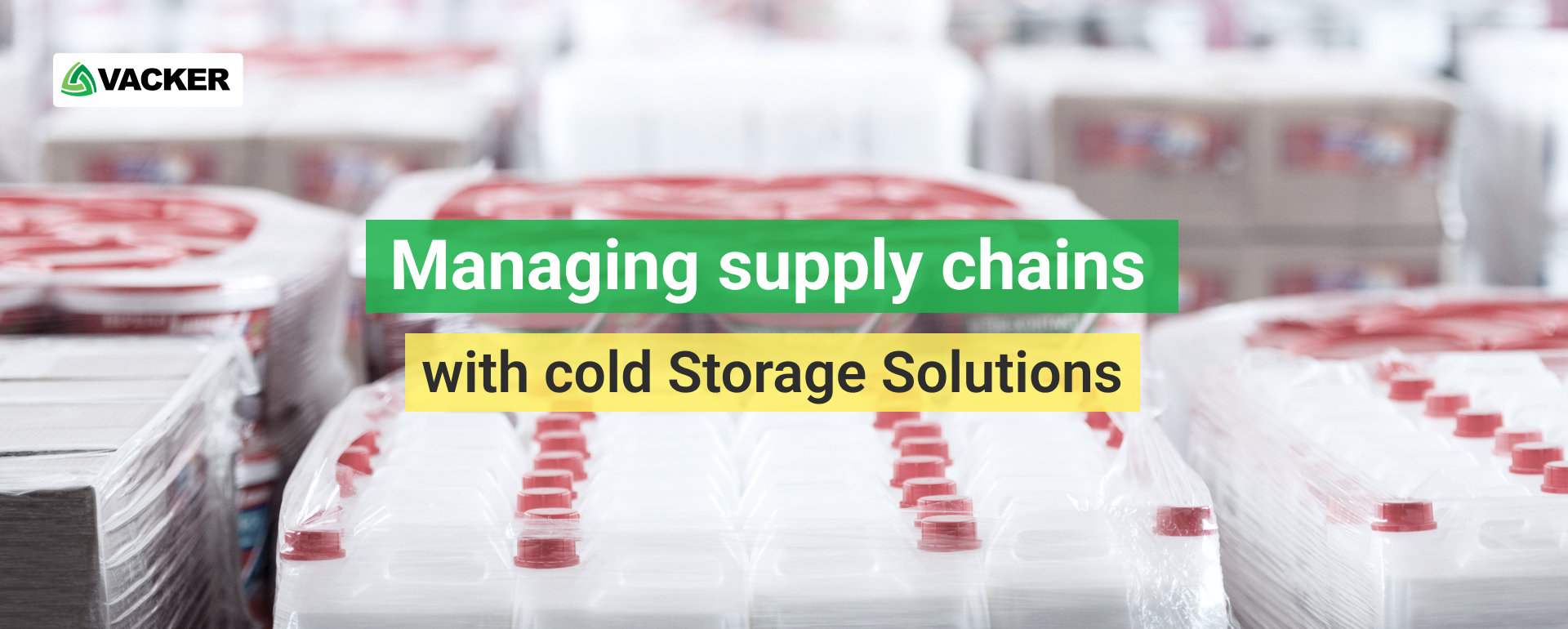Managing Supply Chains With Cold Storage Solutions

In recent decades, supply chain management has advanced significantly. The management of transportation and inventory to promote international trade has benefited from technological improvements. This covers both the shipment and storage of perishable goods that must be kept chilled the whole time to survive the journey.
Logistics that uses refrigeration to deliver temperature-sensitive goods to consumers and clients in the usable condition is known as “cold chain logistics,” as the name implies. Several steps are taken to prepare the materials for processing, store them correctly, and transport them carefully throughout the process in refrigerated storage.
The infrastructure of the cold-chain system, which maintains the quality and freshness of perishable goods, includes cold rooms. Cold rooms are designed to sustain low temperatures in a regulated environment. They are economical and energy-efficient.
Small to medium-sized cold rooms are becoming more and more necessary as the demand for perishable items rises. Modular cold rooms, which are constructed on-site and can be modified for the necessary size and refrigeration capacity, cover this gap.
The majority of risk management systems must include coolers and freezers since they offer the optimum preservation environment for several items. However, cold storage is expensive to construct and maintain, therefore it’s crucial to comprehend the requirements of different materials in your collection and properly prepare for the transition to cold storage.
Cold Storage: How to Organize?

Making the most of every square inch and planning wisely will help you save on construction and maintenance expenses. How to organise your cold storage room is as follows –
-
Review the Collection
Sort objects that require cold storage, frozen storage, or standard archival storage after identifying the components that require it. Calculate the space needed to retain objects in cold and frozen storage, and then add curators’ projections for additional space requirements.
-
Construct a use policy or procedure.
Describe how materials will be made available for researchers and others to request, who will be given access to cold storage rooms, how materials will be acclimated as they are brought into and out of cold storage, and where and how researchers will be permitted to study materials after they are brought out of storage.
-
Make the most of the space in the freezer or cold room.
Utilize compactors (high-density mobile shelving) to combine items and modify shelving to prevent wasting space between shelves. Due to a smaller building footprint, the more things you can store, the more money you’ll save on original construction expenditures as well as continuing energy bills (a full cooler or freezer operates more efficiently).
-
Identify the storage location for the items
Smaller collections can be kept in freezers or refrigerators, but utilise units that can keep a steady temperature. Small walk-in refrigerators with shelves or museum cabinets can be used to hold medium-sized collections. Larger collections are often kept in walk-in freezers and cold rooms designed specifically for them.
-
Make a strategy for relocating to cold storage.
Coordinate delivery and installation date with the suppliers, and decide who will be in charge of scanning (if desired), categorising, acclimating, and transferring things. Establish protocols for measuring temperature and relative humidity, and display the contact details of suppliers in case your equipment breaks down.
Salient features of Efficient Cold Storage Rooms
Consider these important qualities before deciding whether or not to purchase the goods. The following standout qualities of a top-quality cold room produced by cold storage manufacturers:
Energy efficient
Unexpectedly high power bills are disliked by everyone. Put the focus on an energy-efficient product as a result. These items lower the expenses associated with storing energy. The difficulties posed by temperature changes are managed by the design of cold storage facilities. Even while the machine is in operation, the product will consume less energy to balance and regulate the temperature.
High requirements for products
Certain things are temperature-sensitive. The product might be destroyed by any variation. Consistent temperature is necessary for delicate products including medications, vaccinations, and other goods. Cold chamber manufacturers in Chennai will undoubtedly provide high-quality goods that satisfy requirements.
Secure & Safe
The cost of many medications, vaccinations, and medical supplies is high while also being temperature sensitive. Such goods are kept safe by a reliable mechanism.
Contact Vacker for Your Needs in Cold Storage, to find out how we can make your freezer rooms and cold storage areas more efficient.
Leave a Reply